The Fubuki-class guided missile destroyers were a class of thirty-two guided missile destroyers built for Japan by Enoshima Heavy Industries during the mid-1960s to the early 1970s. All thirty-two vessels, similarly to their larger brethen in the Fuji-class, were constructed in batches of eight a year apart (compared to the latter's four), and were part of the 'Type-1A' ship design report, combining long range with excellent firepower. In further addition, all thirty-two vessels were also capable of conducting ballistic missile defense and/or anti-supersonic bomber-operations, though they are deployed as a carrier escort vessel as opposed to being stand-by BMD platforms like their larger brethen.
Following the naming convention set with the Fuji-class, all ships in the Fubuki-class are named for historic destroyers operated by the Japanese Imperial Naval Arm's predecessor, the Imperial Japanese Navy.
Twenty vessels have been ordered by Dresia to operate alongside their Fuji-class cruisers ordered earlier, with their delivery to be sceduled for 1970. The Commonwealth of Swann currently also operates 50 vessels, which they refer to as the Frederick Meyer-class destroyers.
Class overview
Manufacturer: Enoshima Fleet Yards, Kure Naval Arsenal, Maizuru Fleet Yards, Nagasaki Naval Yards
Operators: Japanese Imperial Naval Arm, Dresia Federal Navy, Navy of the Commonwealth of Swann
Preceded by: Akizuki-class
Succeeded by: Type-1B destroyer (planned)
Subclasses: Frederick Meyer-class
Built: 1963-1968
In commision: 1964-present
Ordered: 32
Completed: 32
Commissioned: 32
General characteristics
Type: Guided-missile destroyer
Displacement: ~7,500 tons standard
Length: 181.7m (596ft 1 in)
Beam: 17.5m (57 ft 5 in)
Installed power: 8 Kampon water-tube boilers (88,000 shp, 65,648 kW)
Propulsion: 2 shafts, turbo-electric, 4 high-pressure geared impulse turbines
Top speed: 30 knots (56 km/h; 35 mph)
Range: 8,000 nmi (15,000 km; 9,200 mi) at 21 knots
Armor: 37mm waterline and deck, 25mm superstructure, Kevlar anti-splinter plating
Aviation facilities: 1 helipad, 1 helicopter hangar
Aircraft embarked: 2x helicopters
Sensors, processing systems, and electronic equipment
Type 60 air/surface search radar (4 arrays)
Type 57 sonar array (4 emitters, 4 recievers)
Type 57 towed sonar emitters (4 emitters)
Type 64 fire-control radar (2 mounts fore and aft, retracting)
Type 64 Eihei intergrated combat system (lit. Sentry)
Electronic warfare & decoys
Type 57 flare launchers (2 launchers)
Type 58 sonar interference emitters (4 emitters)
Type 57 electronic warfare system (4 emitters)
Type 62 towed torpedo countermeasures (4 modules)
Armament
1x Type 98 100mm/65 naval gun (twin mount)
2x Type 55 close-in weapon system
8x Type 57 anti-ship missiles (2 quad canisters)
36x Type 58 anti-submarine missiles (4 9-cell canisters)
Type 64 vertical launch system (32 cells)
Type 64 anti-ship-anti-air missile
Type 58 land-attack cruise missile
Type 57 anti-ship missile
Type 63 anti-submarine missile
Type 62 anti-supersonic missile
Ships of the line
note: only ships built for Japan were listed. Export vessels were named by the purchasing nations.
JS Fubuki (DDG-110, 1964)
JS Shirayuki (DDG-111, 1964)
JS Hatsuyuki (DDG-112, 1964)
JS Miyuki (DDG-113, 1964)
JS Murakumo (DDG-114, 1964)
JS Shinonome (DDG-115, 1964)
JS Isonami (DDG-116, 1964)
JS Uranami (DDG-117, 1964)
JS Ayanami (DDG-118, 1965)
JS Shikinami (DDG-119, 1965)
JS Asagiri (DDG-120, 1965)
JS Yugiri (DDG-121, 1965)
JS Amagiri (DDG-122, 1965)
JS Sagiri (DDG-123, 1965)
JS Oboro (DDG-124, 1965)
JS Akebono (DDG-125, 1965)
JS Sazanami (DDG-126, 1967)
JS Ushio (DDG-127, 1967)
JS Akatsuki (DDG-128, 1967)
JS Ikazuchi (DDG-129, 1967)
JS Inazuma (DDG-130, 1967)
JS Hatsuharu (DDG-131, 1967)
JS Wakaba (DDG-132, 1967
JS Ariake (DDG-133, 1967)
JS Yugure (DDG-134, 1967)
JS Nenohi (DDG-135, 1968)
JS Hatsushimo (DDG-137, 1968)
JS Shiratsuyu DDG-138, 1968)
JS Shigure (DDG-139, 1968)
JS Murasame (DDG-140, 1968)
JS Yudachi (DDG-141, 1968)
JS Harusame (DDG-142, 1968)
JS Samidare (DDG-143, 1968)
Controls
Throttle + Yaw: Piloting the ship
AG1: Helicopter, WASD to fly, VTOL + Trim for rotor collective and throttle
Specifications
Spotlights
- YarisSedan 2.3 years ago
- ReynaldoHeavyIndustries 6 months ago
General Characteristics
- Predecessor War Challenge United Season 1: Red Storm Rising(CHALLENGE CLOSED)
- Created On Windows
- Wingspan 541.3ft (165.0m)
- Length 596.0ft (181.7m)
- Height 168.4ft (51.3m)
- Empty Weight 74,828lbs (33,941kg)
- Loaded Weight 261,192lbs (118,475kg)
Performance
- Power/Weight Ratio 0.215
- Horse Power/Weight Ratio 0.007
- Wing Loading 24.9lbs/ft2 (121.5kg/m2)
- Wing Area 10,492.4ft2 (974.8m2)
- Drag Points 4455
Parts
- Number of Parts 278
- Control Surfaces 0
- Performance Cost 1,552

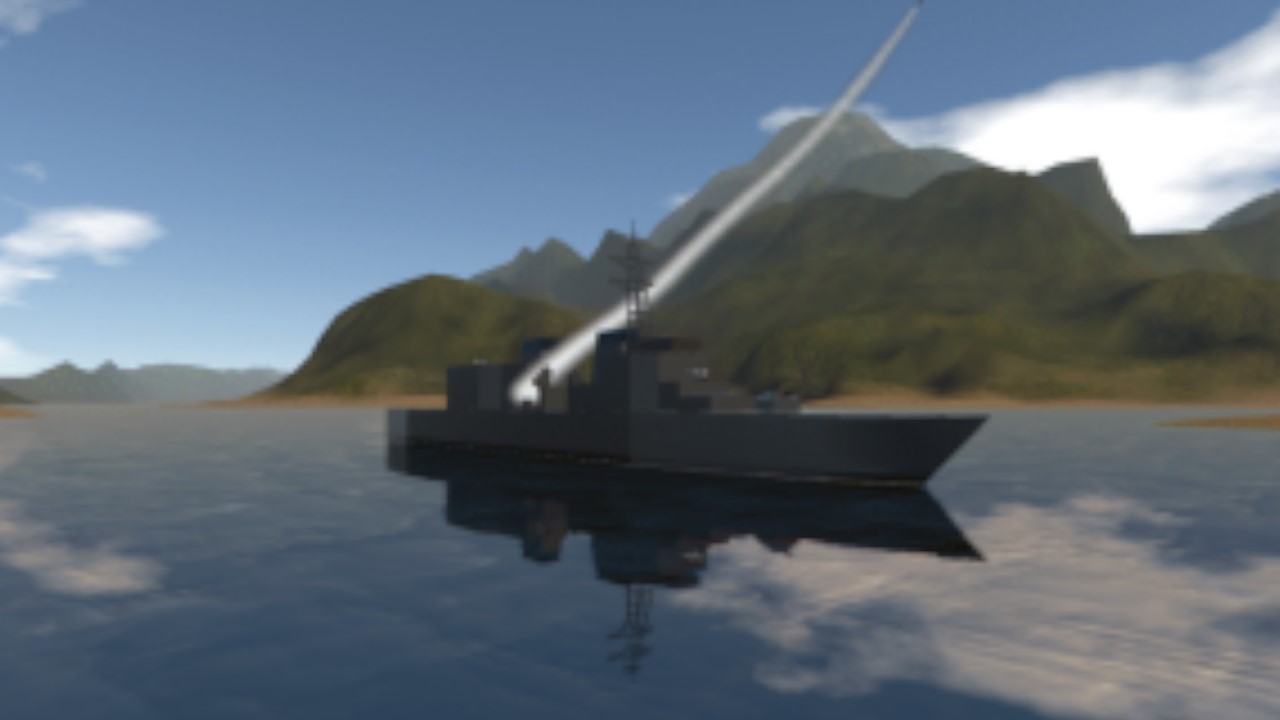
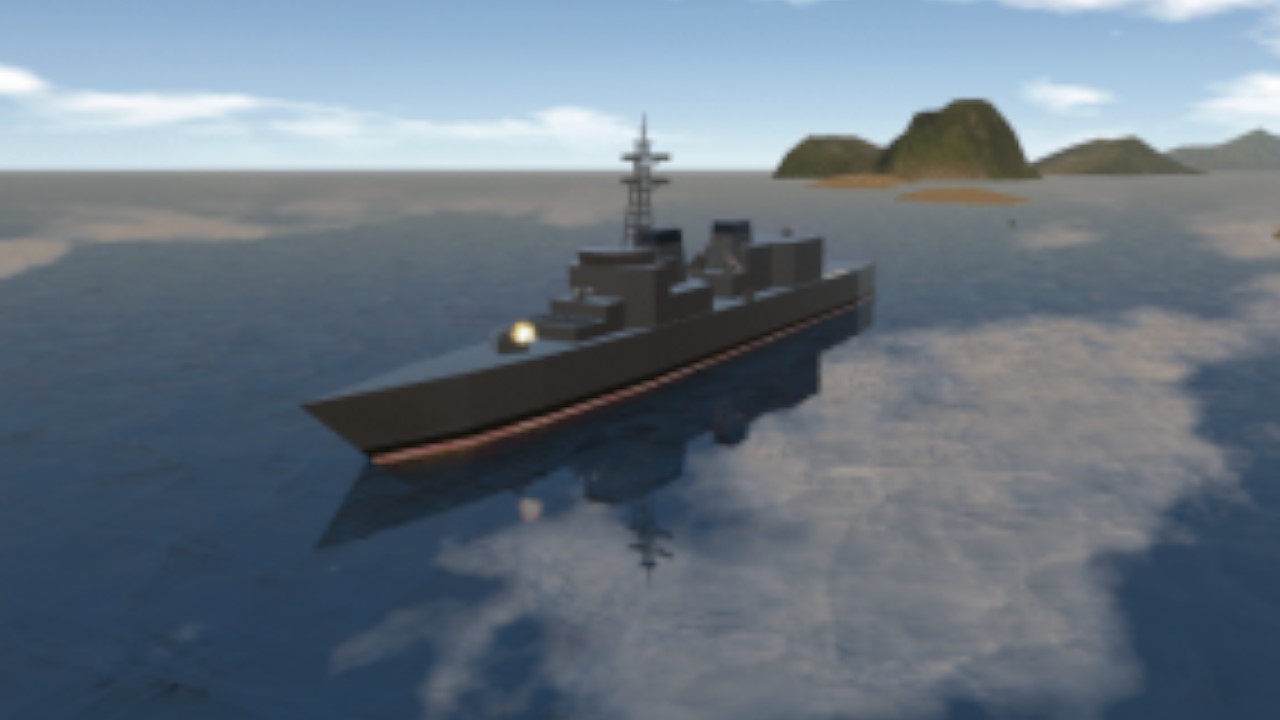
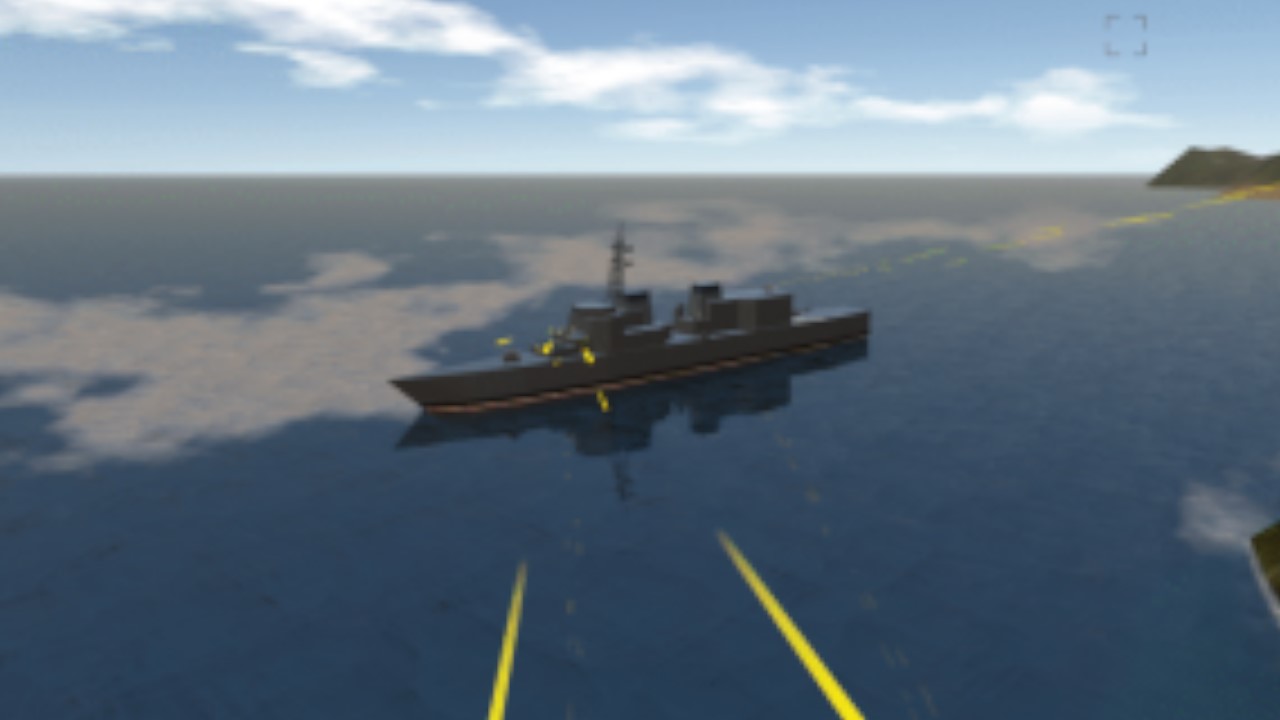

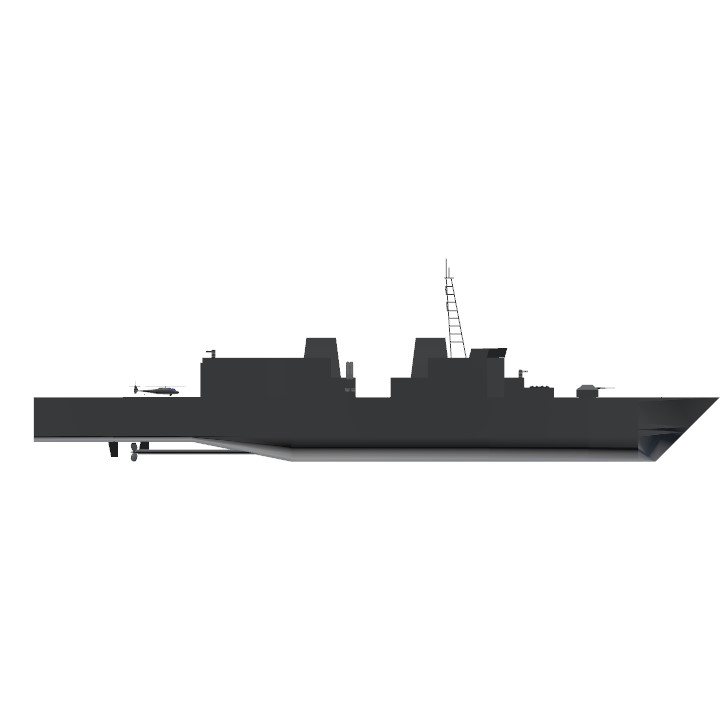
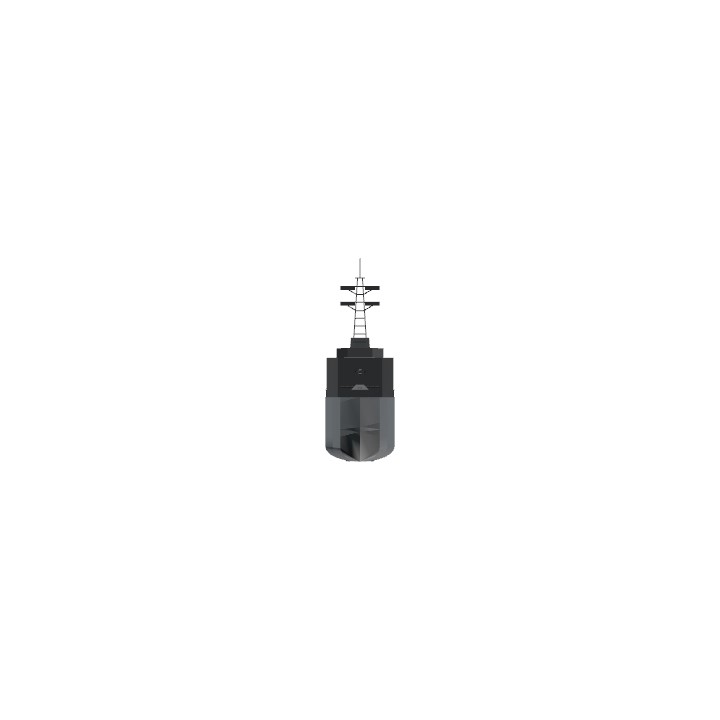
Quite much looks like the old Japanese modern destroyer, especially the Takanami-class
I love your coding